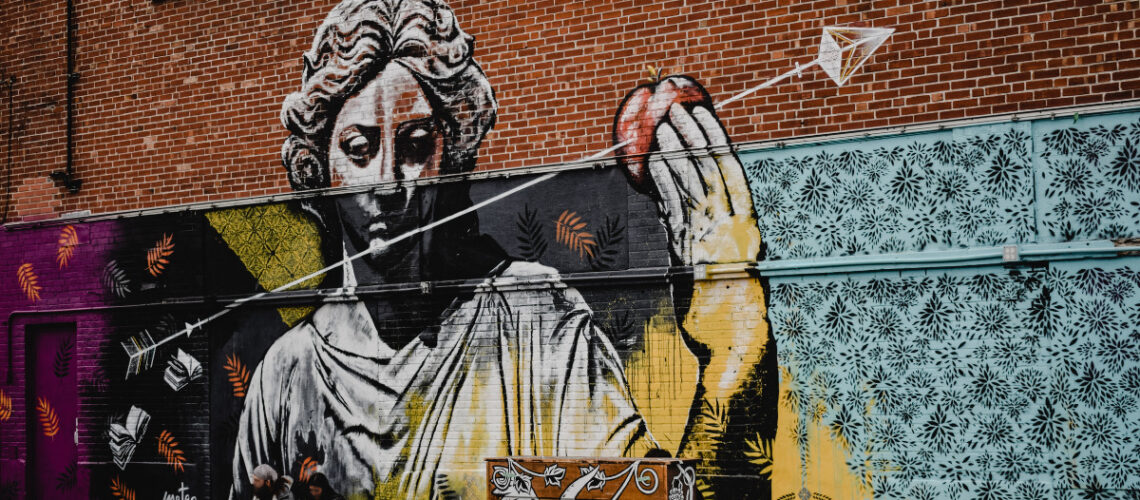In every corner of the world, the arts and culture form the vibrant tapestry of human expression and community bonding. Through music, dance, visual arts, and traditions, communities forge enduring connections and celebrate the rich diversity that defines them. By understanding the transformative power of artistic expression, individuals and societies can build stronger, more connected communities.
The Language of Expression: Understanding Arts and Culture
Arts and culture encompass a wide spectrum of creative endeavors that reflect the beliefs, values, and traditions of a community. They serve as a mirror, reflecting the soul of a society and providing a medium for individuals to express their unique identities.
Arts and culture celebrate the diverse backgrounds and experiences within a community. They provide a platform for individuals to share their stories, fostering a sense of inclusivity and mutual respect.
The Symphony of Sound: Music as a Unifying Force
Music transcends language barriers, stirring emotions and evoking shared experiences. Whether through traditional melodies or contemporary compositions, it unites individuals in a harmonious celebration of culture.
Music festivals and concerts bring communities together in celebration. The collective experience of live music creates a sense of camaraderie and shared appreciation for the art form, strengthening community bonds.
Dance: The Language of Movement and Connection
Dance embodies the traditions and stories of a community. Through movement, individuals enact narratives that have been passed down through generations, preserving the cultural heritage of a people.
Community dance events provide a space for individuals to come together, moving in unison to the rhythm of the music. This shared experience fosters a sense of belonging and reinforces the connections between community members.
Murals and Public Art: Reflecting Community Identity
Murals and public art serve as vibrant threads in the fabric of communities, weaving together a tapestry of shared experiences, identities, and aspirations. These larger-than-life expressions of creativity not only adorn urban landscapes but also play a pivotal role in fostering a sense of belonging and unity. When artists collaborate with communities to create public art, they infuse local narratives, histories, and values into the very walls of the neighborhood, making it a living canvas that tells stories, celebrates cultural diversity, and reflects the collective spirit of the people. These artworks often act as landmarks, guiding residents and visitors alike through the heart of the community while serving as a source of pride.
Murals, in particular, engage citizens in the artistic process, bringing them together for discussions, workshops, and mural-painting events. This participatory approach not only empowers individuals to take ownership of their surroundings but also forges connections and conversations among neighbors who may not have interacted otherwise.
Traditions: Bridging Generations & Community Bonding
Traditions form the backbone of community bonding. They provide a sense of continuity, connecting the past with the present and fostering a shared sense of belonging.
The transmission of traditions from elders to younger generations is a vital aspect of community bonding. It ensures that cultural knowledge and values endure, strengthening the fabric of the community over time.
Cultivating a Vibrant Community through Arts & Culture
Community Arts Initiatives
Supporting local arts initiatives and cultural events fosters a sense of pride and ownership within the community. It encourages individuals to actively participate in and contribute to the cultural vibrancy of their surroundings.
Creating Inclusive Spaces
Creating inclusive spaces within the realm of arts and culture is a vital step towards strengthening community bonds and fostering a sense of unity. When these spaces are designed to be accessible and welcoming to all, they send a powerful message of inclusion, regardless of age, gender, ethnicity, or background.
Inclusivity encourages diverse participation, amplifying the cultural tapestry within the community. It provides a platform for individuals from various walks of life to share their unique perspectives, traditions, and artistic expressions. This diversity enriches the cultural landscape, bringing fresh ideas and innovation to the forefront.
Moreover, inclusive spaces help break down barriers and reduce social isolation. When people from different backgrounds come together to appreciate and engage in arts and culture, it promotes mutual understanding and respect. It reinforces the idea that everyone has a valuable contribution to make, fostering a sense of belonging and unity that transcends differences.
In essence, creating inclusive spaces in arts and culture ensures that the benefits of these expressions are accessible to all, promoting community cohesion and reinforcing the message that diversity is a source of strength and enrichment.
Arts and culture are the beating heart of community bonding and identity. Through music, dance, visual arts, and cherished traditions, communities come together in celebration of their shared heritage. They transcend language and borders, uniting individuals in a common expression of humanity. By embracing and cherishing the arts, communities create spaces of unity, understanding, and collective pride. The rich tapestry of human expression continues to weave its threads, connecting communities across time and space, and reminding us of the enduring power of culture in our lives.

